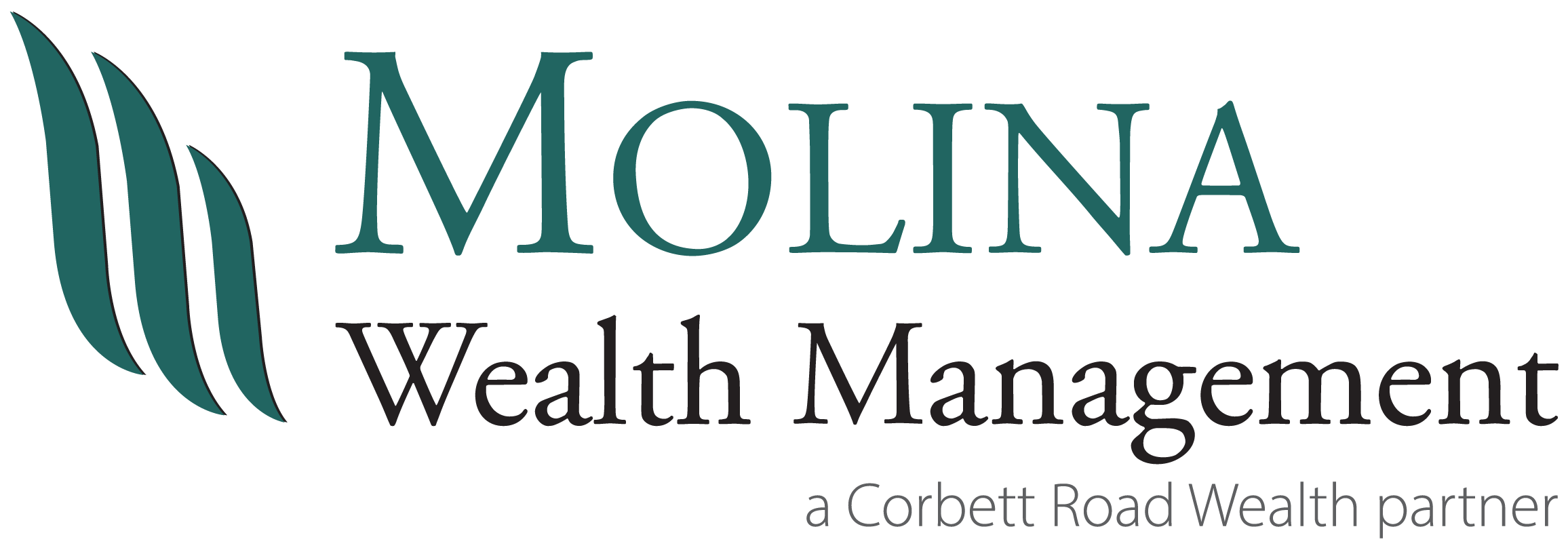July 22, 2024
As of Market Close on July 19, 2024
The market saw stocks come in with mixed returns. The Dow and the Russell 2000 advanced, while the Nasdaq, the S&P 500, and the Global Dow lost value. The Dow reached three new records during the week, while the Nasdaq and the S&P 500 posted their worst week since April. AI stocks led a downturn in tech shares as investors moved to small caps. The CrowdStrike outage impacted flights, banks, telecoms, and media companies worldwide. The market sectors ran the gambit of highs and lows, with energy (1.7%), financials (1.3%), and real estate (1.3%) climbing, while information technology (-4.6%) and communication services (-2.8%) declined. Ten-year Treasury yields rose 5.0 basis points. Crude oil prices declined on demand worries centered on China. The dollar inched up, while gold prices dipped lower. Read More
July 15, 2024
As of Market Close on July 12, 2024
Investors were encouraged by the most recent inflation data, raising expectations of an interest rate cut in September. Each of the benchmark indexes listed here closed the week in the black, led by the Russell 2000. The small-cap index recorded its best weekly performance since October 2023, while reaching its highest level since January 2022. The expectation of falling interest rates and economic strengthening likely prompted the market shift to more interest-sensitive small- and mid-cap stocks. The Dow rose above 40,000 at one point on Friday, ultimately closing at 40,000. The S&P 500 climbed above 5,600. Crude oil prices slipped lower. While prices at the pump may have risen nationally last week, as of July 1, weekly U.S. average gasoline prices actually declined $0.19 per gallon since the 2024 high on April 22, falling to $3.48/gallon on July 1, $0.05 per gallon less than the price a year ago. Increasing gasoline inventories, relatively weak demand, and oil prices below recent peaks contributed to falling gasoline prices. Read More
July 8, 2024
As of Market Close on July 5, 2024
The stock market fared quite nicely during the Fourth of July week. Each of the benchmark indexes listed here posted gains, with the Nasdaq and the S&P 500 reaching record highs a few times during the week. Only the small caps of the Russell 2000 slid lower. The June jobs report (see below) gave investors encouragement that the Fed may be inclined to cut interest rates as early as September. Information technology, consumer discretionary, and communication services outperformed among the market sectors, while energy and health care lagged. Ten-year Treasury yields dipped 7.0 basis points. Crude oil prices advanced as tensions in the Middle East escalated. Gas prices increased, while some expect prices at the pump to continue to rise. Read More
July 1, 2024
As of Market Close on June 28, 2024
Stocks closed generally higher for the week, with the Russell 2000, the Nasdaq, and the Global Dow posting gains, while the large caps of the Dow and the S&P 500 declined. Ten-year Treasury yields rose as bond prices fell. Crude oil prices gained about $1.00 per barrel. The dollar and gold prices inched higher. Investors are most likely reassessing their positions following the presidential debate between Joe Biden and Donald Trump. The majority of the market sectors declined last week, with utilities and materials falling the most. Consumer discretionary, communication services, and energy outperformed.
Read More
June 24, 2024
As of Market Close on June 21, 2024
Wall Street rode a rally in tech and AI stocks for most of last week. The end of the week saw a bit of a downturn, but not enough to keep the benchmark indexes listed here from closing the week higher. The large caps of the Dow led the indexes, followed by the Russell 2000, the Global Dow, and the S&P 500. The Nasdaq inched higher. Despite a dip at the end of the week, crude oil prices posted a second straight weekly gain. Ten-year Treasury yields rose higher after positive economic data prompted the Federal Reserve to refrain from cutting interest rates in the third quarter. The market sectors mostly advanced last week, led by consumer discretionary, financials, and communication services. Utilities declined, while information technology ticked lower. Read More
June 17, 2024
As of Market Close on June 14, 2024
U.S. stocks outpaced the rest of the world last week as global investors sought relief from the turmoil caused by European elections. Tech stocks carried the market as investors digested a pair of cooling inflation reports. The Nasdaq closed at record highs every day last week, and the S&P 500 also posted a solid gain, while the Russell 2000, the Dow, and the Global Dow all lost ground. The benchmark 10-year Treasury yield saw its largest weekly decline of the year. Crude oil prices surged, gold prices rose, and the dollar advanced for the fourth week in a row. Read More
June 10, 2024
As of Market Close on June 7, 2024
Despite a dip at the end of the week, stocks closed last week generally higher, with the exception of the economically sensitive small caps of the Russell 2000. A robust jobs report at the end of last week may have alleviated concerns about an economic slowdown, but it also strengthened the Fed’s case to refrain from lowering interest rates until inflation recedes. Nevertheless, both the S&P 500 and the Nasdaq recorded fresh records. Among the market sectors, information technology, health care, communication services, and consumer staples performed well, while utilities, energy, and materials ended the week in the red. With the likelihood of a rate cut diminishing, bond prices fell, driving yields higher. The dollar also benefited from the jobs report, climbing higher against a basket of currencies. Read More
June 3, 2024
As of Market Close on May 31, 2024
Equities generally closed lower by the end of the week with, the Nasdaq and the Dow falling furthest among the benchmark indexes listed here. The Russell 2000 and the Global Dow were flat. Investors spent the week assessing the first-quarter gross domestic product, jobless claims, and corporate earnings data. Ten-year Treasury yields rose as bond prices dipped, on hawkish comments from Federal Reserve officials and a weaker Treasury auction. Crude oil prices dipped and prices at the pump dipped lower. Utilities led the market sectors, with energy and real estate outperforming. Health care, industrials, and information technology closed in the red. Read More
May 27, 2024
As of Market Close on May 24, 2024
Tech shares, particularly AI stocks, helped push the Nasdaq, and to a much lesser extent, the S&P 500 higher last week. The Dow, the Russell 2000, and the Global Dow declined. During a week when volume was relatively light, investors latched onto favorable corporate earnings data from some major tech and AI companies. Among the market sectors, only information technology and communication services closed higher. Real estate and energy fell the furthest. Treasury yields inched higher, while crude oil prices fell 2.74%, yet remain up 9.1% year to date. Gold prices, which had been soaring, had their worst week in a while, although they are up nearly 13.0% from the beginning of the year. Read More
May 20, 2024
As of Market Close on May17, 2024
Both the S&P 500 and the Nasdaq advanced for the fourth straight week, which is the first time that has happened since February. Not to be outdone, the Dow advanced for a fifth straight week. Much of the week’s focus was on inflation data (see below). Investors will now look to responsive comments from Federal Reserve officials for any potential changes in interest rate expectations. Information technology and real estate led the market sectors, while consumer discretionary and industrials closed in the red. The dollar slipped nearly 0.75% against a basket of currencies. Gold prices advanced over 2.0% for the week and nearly 17.0% for the year. Crude oil prices climbed more than $1.00 per barrel. Read More




